Understanding The Vegetative Stage Of Cannabis
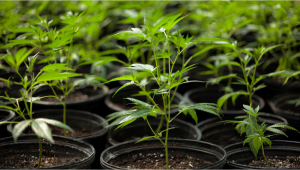
- 1. Seedling phase
- 2. Vegetative phase
- 3. And what about autoflowers?
- 4. In conclusion
Cannabis has a number of different stages. The vegetative stage is when cannabis grows leaves and branches to be ready to support and develop the flowers. Like all other plants, has a number of different stages. Cannabis goes through the vegetative and flowering stage before it is ready to be harvested. This article will be dedicated to understanding the vegetative stage of cannabis seeds. We can consider the start of the vegetative stage as soon as the first true leaves appear on our seedling. The amount of nutrients, light, and water your cannabis plant needs will have to be adjusted almost every week since you see the first true leaves until the end of your plant’s life cycle. It’s highly likely that you’ve heard the phrase knowledge is power. You can apply this saying to growing weed. Instead of going blindly into the different stages of cannabis growth, it helps to build a solid understanding of what plants do during each of them, and what they require in each stage in order to facilitate optimal growth.
As the name suggests, cannabis plants develop plenty of vegetative growth during the vegetative phase. All of the energy, nutrients, and water that they manage to gain during this time helps fuel the production of large fan leaves. These are essentially biological solar panels equipped with specialized organelles that enable plants to convert light into energy. The more light a plant receives, the more it grows, and the more leaves it’s able to produce. Under the right conditions, cannabis plants will develop vibrant canopies during this time that will eventually start to bloom with aromatic flowers. Aside from leaves, cannabis plants develop plenty of nodes during the vegetative phase. These areas occur where the branches meet the main stem. They’re important because this is where the flowers will form in the future. So, cannabis essentially spends the vegetative phase setting the foundation for flowering. To achieve this, they must receive plenty of light, water, and the correct amount of nutrients. In particular, plants need lots of nitrogen to fuel leafy growth during veg. They use this element to build proteins that they need to develop new tissues and to create enzymes vital for plant life. Now that you know how important the vegetative phase is during the growing cycle, it’s time to take a deep dive into the topic so that you can grow strong, healthy, and productive plants.
1. Seedling Phase
Even though the seedling stage is not considered a part of the vegetative stage, the vegetative stage starts when our seedling starts growing the first true leaves. After germinating and planting your cannabis seed, you will see two small circular leaves growing, these leaves are named Cotyledons and are responsible for feeding the young plant until it is ready to enter the vegetative stage.
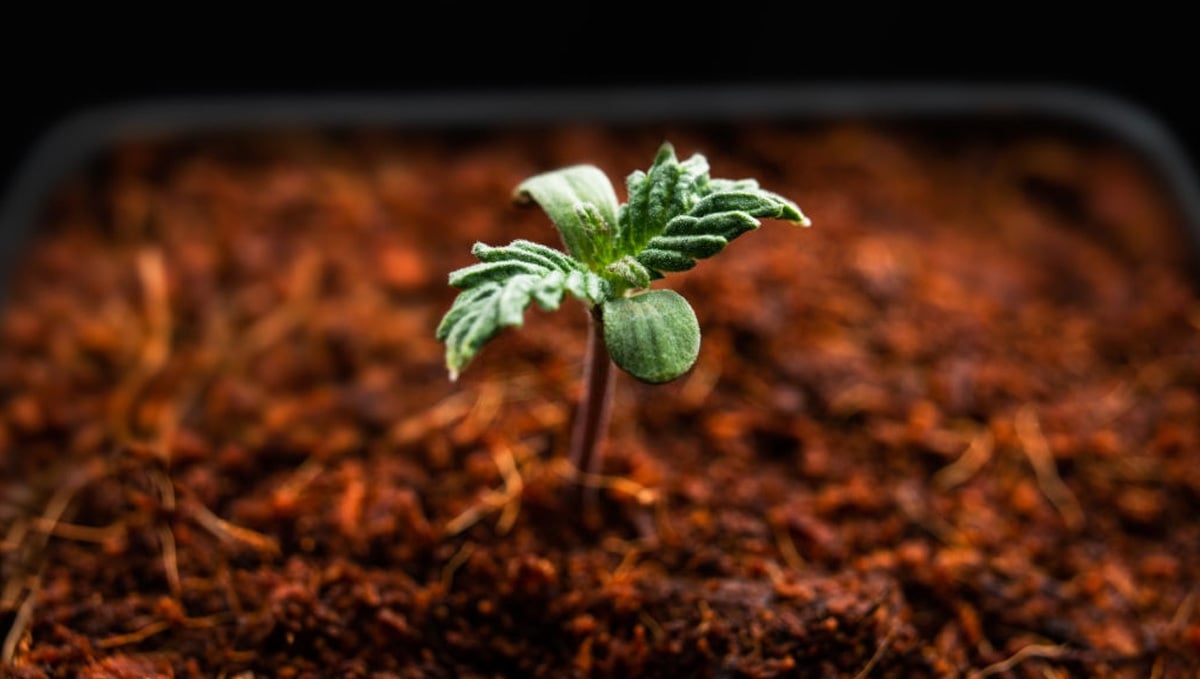
The seedling will take a couple of days to completely emerges from the soil and after up to 2 or 3 weeks you will see the first true leaves. Trues leaves are “fingered” leaves, the typical cannabis leaves. Once you see the first-fingered leaves, your plant has entered the vegetative stage. Many cannabis growers overlook the seedling stage, and it’s easy to see why people fall into this trap. After all, this period of time doesn’t last very long. Plus, plants are so small during this time that it doesn’t really seem like much is going on.
However, things can go seriously wrong here if you don’t treat your seedling with care. You need to make sure you provide enough light to prevent your seedlings from becoming leggy; a long and weak stem can cause structural issues as your plant matures. You also need to strive to hit the water sweet spot. Only apply more water when the top few centimeters of the soil become dry. Watering your plant too much during the seedling stage can cause root diseases and damping off, which will end your growth before it truly begins.
2. Vegetative Phase
After those first true leaves appear, your plant is officially in the vegetative stage. Although this can seem like not a big deal for us, for the cannabis plant it is a huge one.
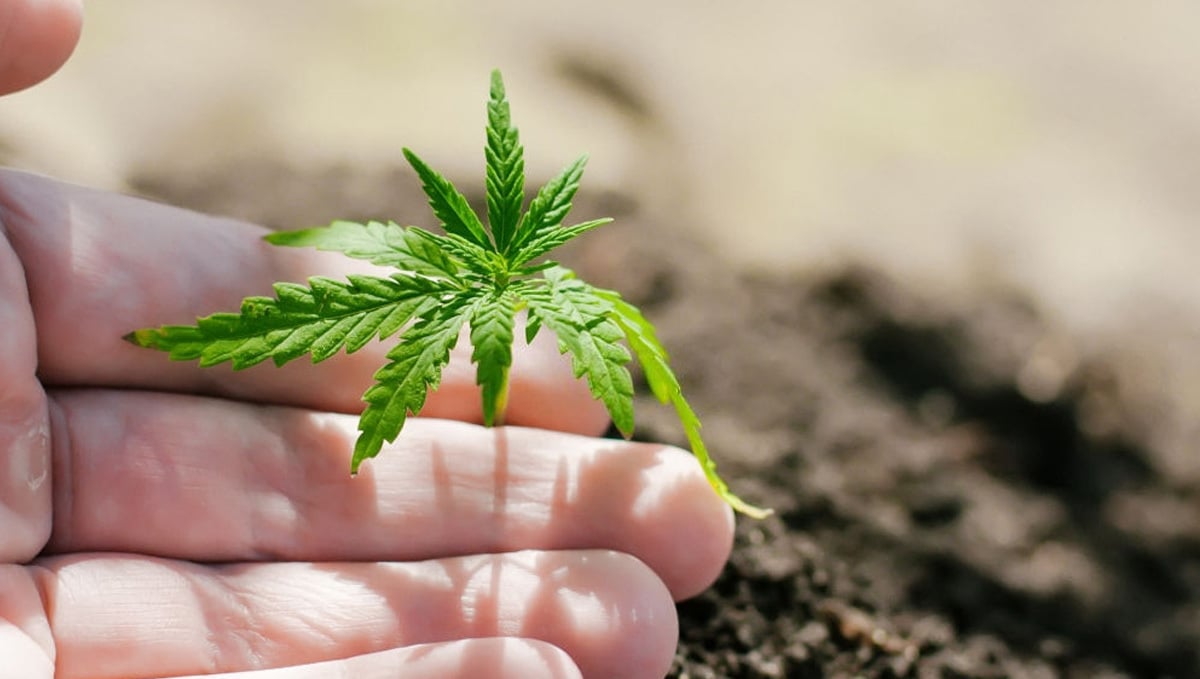
This means the plant successfully survived the seedling stage and is now using its leaves and sunlight to photosynthesize, and is where growth really thrives. In this stage, your cannabis plant will need a little bit more nutrients (especially Nitrogen) and more water week by week. This along with the help of an 18/6 light cycle it will allow her to start producing sugars and promote growth.
{post: 1132}
The environment in your growing space should be adjusted for this stage also. You should start at around 60-70% humidity when you see the first true leaves, ending up at around 50% before the pre-flowering stage. The temperature has to be adjusted also and should be between 20-25 Celsius to provide an optimal growing environment for your plant.
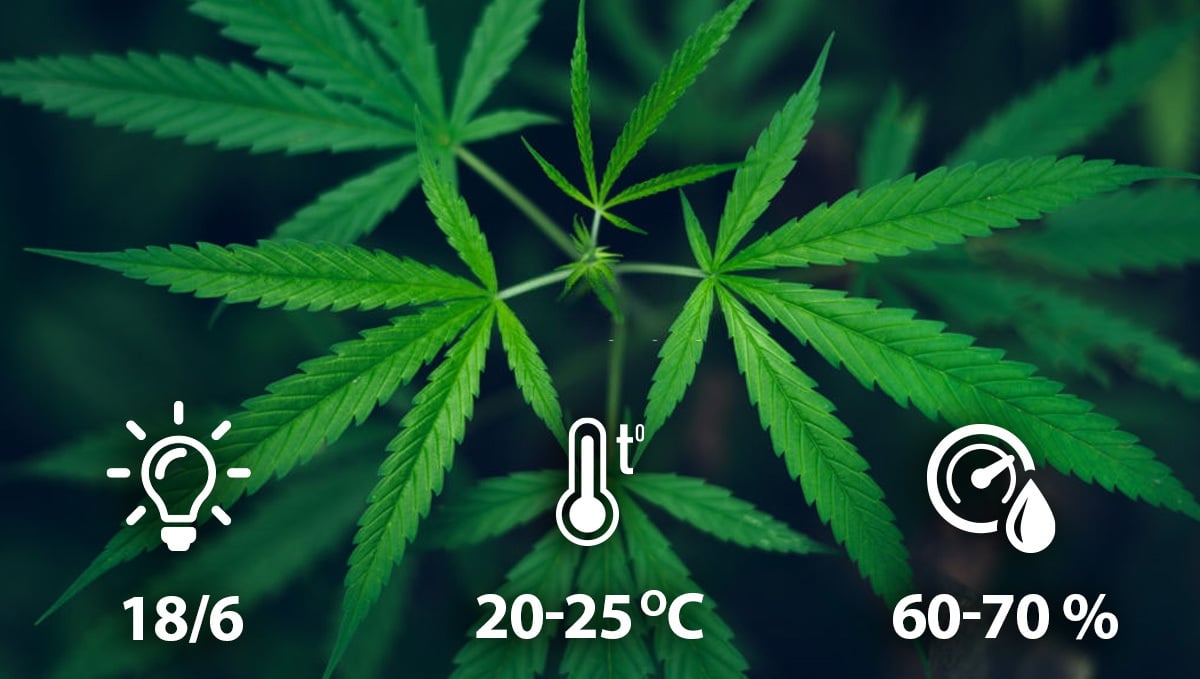
If you can provide these conditions, you will see a new pair of fan leaves growing every day, and that is when you can see characteristics of the strain’s lineage. Indicas tend to be short and bushy while Sativas grow tall and with the fan leaves more scattered throughout the plant. When they have grown a little bit and have around 4 or 5 nodes, they’re quite strong, and that is when we can start performing LST techniques. This is because they had time to develop their branches and stem and are not as fragile as they used to be when they were starting to grow the first leaves.
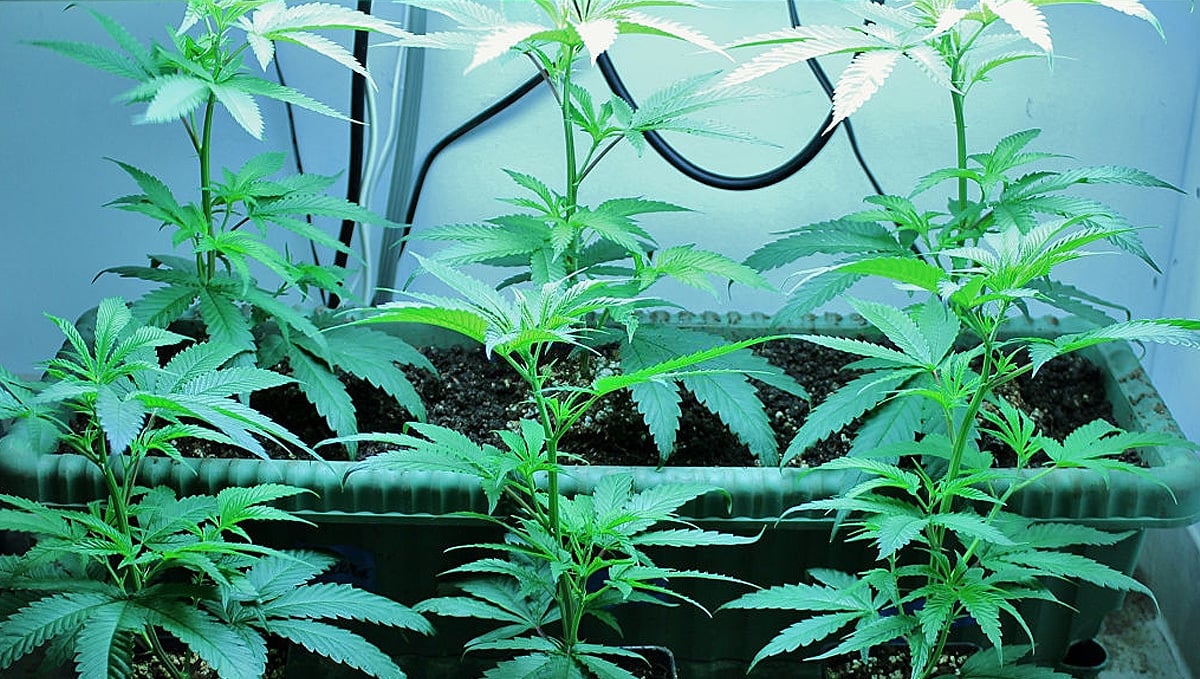
Always be careful not to give your plants too much water or nutrients throughout all your plant’s life cycle but especially during the first weeks of the vegetative stage. Even though their structure is sturdier they are still sensitive. Watering too much, or giving your plant too many nutrients while she’s young can cause her to suffer from nutrient burn and slower growth from overwatering.
By providing a good combination of light, nutrients, humidity, and temperature, you will fulfill your plant’s needs and guarantee a good development of your cannabis plant. This means she will grow healthy, with a good amount of foliage and a strong root system. These are key elements that your plant needs in other to become tough and be ready for supporting the weight of the buds when it’s flowering.
3. And What About Autoflowers?
Autoflowers don’t depend on the light cycle to grow or flower. Unlike photoperiods that grow under an 18/6 light cycle, autoflowering cannabis strains grow from seed to harvest under the same light cycle, either 18/6, 20/4, or 24/0. This happens because autoflowers contain Ruderalis’ genetics which gives them the autoflower characteristic. But does this mean autoflowers don’t have a vegetative stage? The answer is: No.
Despite not depending on a certain amount of light/darkness to do so, autoflowering cannabis plants go through the same stages as every other cannabis plant, they are the seedling, vegetative and flowering stages, the only difference being that instead of transitioning from the vegetative stage to the flowering stage based on the amount of light/darkness, autoflowers will do so based on their age, which basically means they will start flowering as soon as they’re mature enough to do so. This is why you cannot extend the vegetative or flowering stage of autoflowers like you would do with photoperiodic cannabis strains.
4. In Conclusion
When in the seedling stage, our baby plant it’s still has a nutrient stock in the cotyledons. But after that stock ends and it starts growing the true leaves, it will need new sources of food, that’s where you come in. You have to provide the right amount of food and be really careful about what you feed them and the amount. Even though their structure is becoming sturdier, they’re still sensitive to overwatering and overfeeding. Everything that happens to your plant will have an influence on the final result and especially in how it develops in the next stage, which is the flowering stage. Remember, if we provide an optimal environment, our plant will grow big and healthy, but if we encounter any problems, our plants will have to recover from the shock and that can take a couple of days. The time she takes to recover can result in a smaller plant and can affect the amount and quality of our harvest. So be sure to keep your plans healthy and happy!








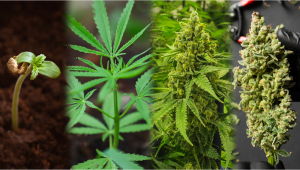
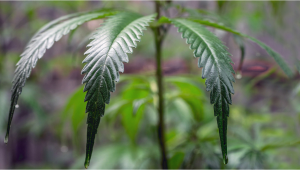

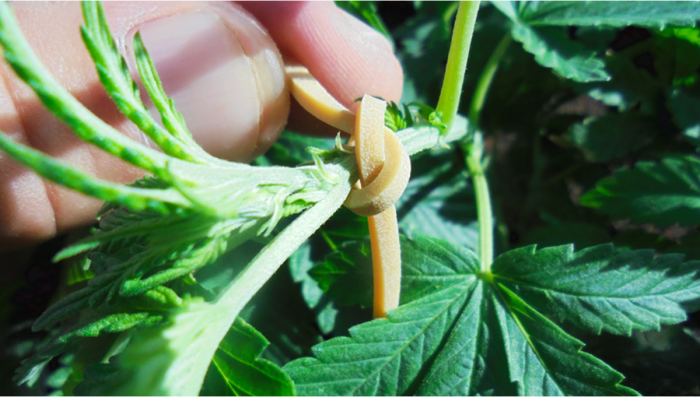
Comments